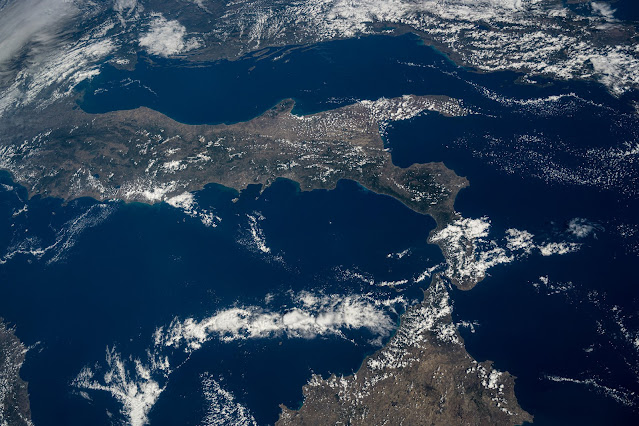NASA Seeks Innovators for $3 Million Lunar Waste Competition
A new NASA competition, the LunaRecycle Challenge, is open and offering $3 million in prizes for innovations in recycling material waste on deep space missions.
As NASA continues efforts toward long-duration human space travel, including building a sustained human presence on the Moon through its Artemis missions, the agency needs novel solutions for processing inorganic waste streams like food packaging, discarded clothing, and science experiment materials. While previous efforts focused on the reduction of trash mass and volume, this challenge will prioritize technologies for recycling waste into usable products needed for off-planet science and exploration activities.
NASA’s LunaRecycle Challenge will incentivize the design and development of energy-efficient, low-mass, and low-impact recycling solutions that address physical waste streams and improve the sustainability of longer-duration lunar missions. Through the power of open innovation, which draws on the public’s ingenuity and creativity to find solutions, NASA can restructure the agency’s approach to waste management, support the future of space travel, and revolutionize waste treatments on Earth, leading to greater sustainability on our home planet and beyond.
For more information on NASA’s LunaRecycle Challenge, and to get involved as a competitor, visit nasa.gov/lunarecycle
NASA’s LunaRecycle Challenge is led by the agency’s Kennedy Space Center in Merritt Island, Florida, with support from Marshall Space Flight Center in Huntsville, Alabama. The competition is a NASA’s Centennial Challenge, based at NASA Marshall. Centennial Challenges are part of NASA’s Prizes, Challenges, and Crowdsourcing program within the agency’s Space Technology Mission Directorate. NASA has contracted The University of Alabama to be the allied partner for the duration of the challenge. The university, based in Tuscaloosa, Alabama, will coordinate with former Centennial Challenge winner AI Spacefactory to facilitate the challenge and manage its competitors.
Video Credit: NASA's Marshall Space Flight Center (MSFC)
Duration: 1 minute, 30 seconds
Release Date: Sept. 30, 2024
#NASA #Space #Moon #LunarSouthPole #ArtemisProgram #HLS #HumanLandingSites #LunarRecycling #LunaRecycleChallenge #WasteManagement #Astronauts #HumanSpaceflight #MoonToMars #DeepSpace #SpaceExploration #SolarSystem #Science #Engineering #SpaceTechnology #Competition #UnitedStates #STEM #Education #HD #Video

















RD-NASA-JSC.jfif)






















